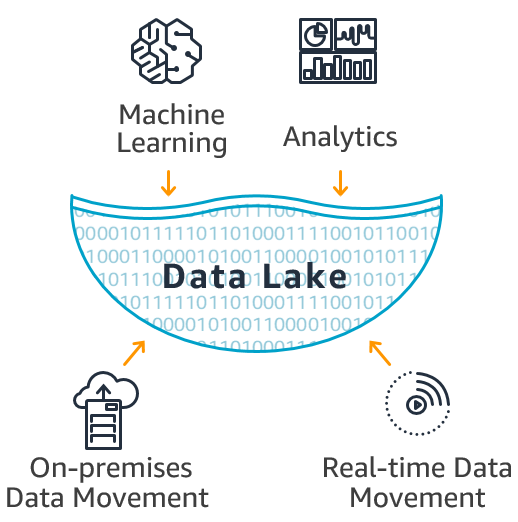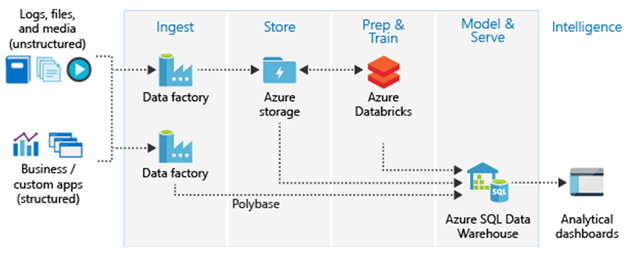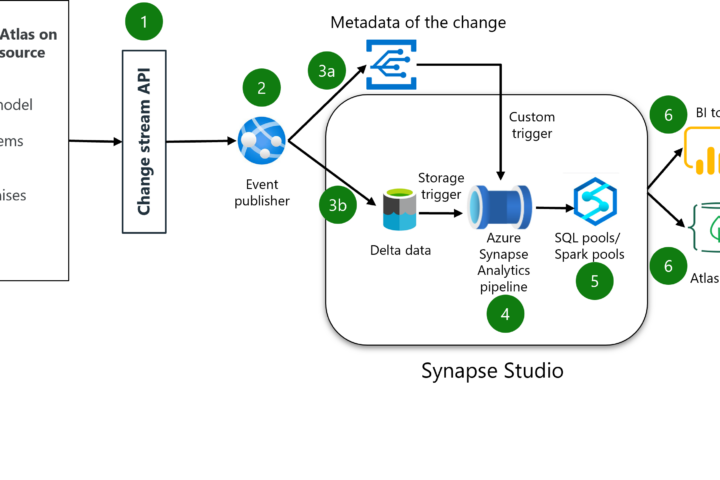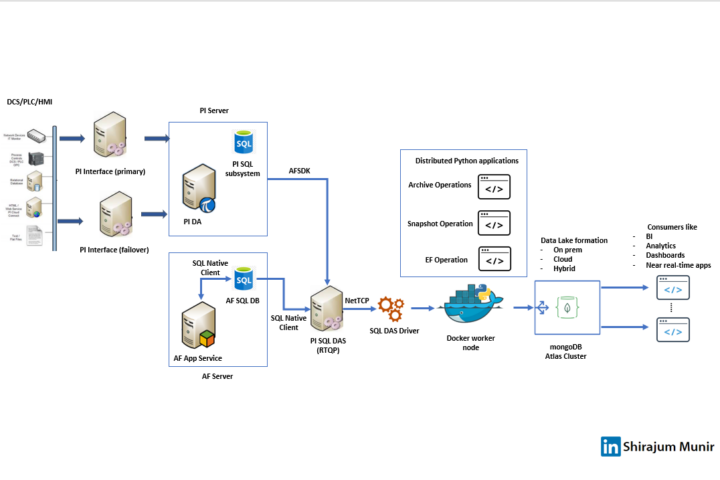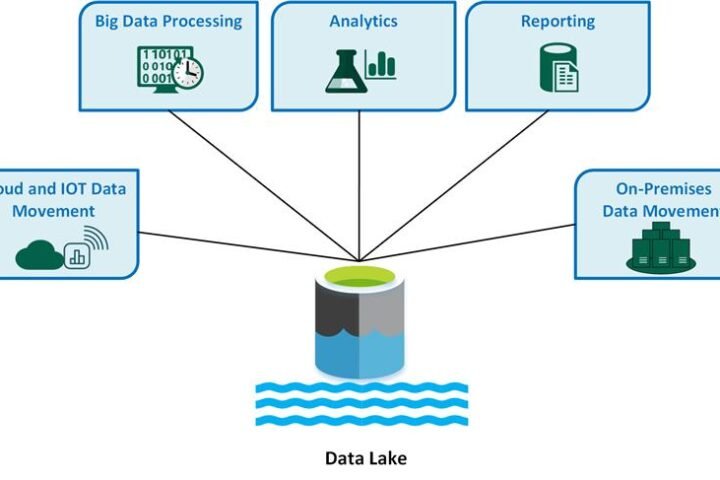From my past experience, I found that Implementing an enterprise data lake can be a challenging task due to a variety of reasons. And I’d love to share those with my peers. Let me know if you had the same experience! On part 2, we will focus on technical difficulties. Here are main 4 I can think of:
- Data Ingestion: One of the main challenges of implementing a data lake is the ingestion of data from various sources. This can be difficult because of the variety of data formats and structures used by different systems. It is important to have a robust data ingestion pipeline that can handle different data formats, handle errors, and handle large volumes of data.
- Data Storage: Data lakes store large amounts of data, and choosing the right storage solution is crucial. There are several options to choose from, such as Hadoop Distributed File System (HDFS), Amazon S3, and Azure Data Lake Storage. Each option has its own set of benefits and limitations, and organizations must choose the one that best fits their needs.
- Data Processing: Data lakes store raw data, and organizations need to process the data in order to gain insights. This can be done using big data processing frameworks such as Apache Hadoop and Apache Spark. These frameworks offer the ability to process large amounts of data in parallel, but they can be complex to set up and maintain.
- Data Governance: Ensuring proper data governance is critical when implementing a data lake. This includes establishing policies and procedures for data management, data quality, and data security. Organizations must also implement mechanisms for data lineage, auditing, and data cataloging.
- Data Security: Data lakes store sensitive data, and organizations must ensure that the data is protected from unauthorized access. This includes implementing security measures such as encryption, access controls, and monitoring.
- Data Backup and Recovery: Data lakes store large amounts of data, and organizations must have a robust backup and recovery strategy in place to ensure data is not lost in case of system failures or other disasters.
- Scalability: Data lakes store large amounts of data and can grow quickly. Organizations must ensure that the data lake infrastructure can scale to meet the growing needs. This includes both the hardware and software components of the data lake.
- Managing the Cost: Implementing a data lake can be expensive, and organizations must manage the cost of hardware, software, and personnel.
Overall, implementing an enterprise data lake requires a significant investment in resources, and it can be technically challenging. It is important to have a clear understanding of the organization’s data and business needs, as well as a well-defined data governance and management plan. With the right approach and resources, an enterprise data lake can provide significant value to the organization by making data more accessible, manageable, and usable.
